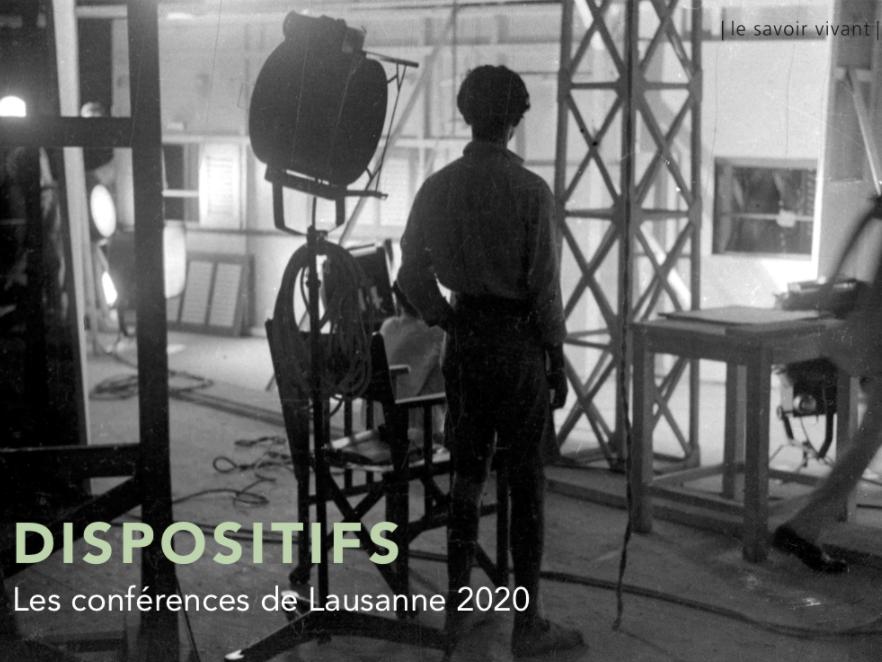English Français
Conférence Dispositifs - Background Matters: Set Design as Dispositif
Weihong Bao (University of California, Berkeley)

Mercredi 20 mai 2020 - 18h00 à 20h00
Unithèque 4.215
Although the dispositif is often associated with a technical device, applying it to set design poses a series of interesting problems: what constitutes the matter and object of set design? How do we account for its technology and principles of operation? Where do we draw the line between human and environment as the agent, matter, and object of set design?
The challenges and problems posed by set design returns us to a key notion of the dispositif as configuration of heterogeneous elements subject to strategic reordering. Yet instead of attributing its variable arrangement to the genius of the technological apparatus or system, I situate my inquiry of the dispositif at the intersection of discursive entanglement, aesthetic practice, and technological operation. I will navigate my inquiry through the historical co-evolvement of set design and environmental thinking in early twentieth century China.
My paper will first look at how “matter” was reconceived when huangjing (environment) emerged as an epistemological dominant in China in the 1910s and 20s when biology, psychology, and sociology frequently intersect. A renewed notion of matter as mutable and vital, I suggest, rendered environment with an ontological uncertainty that disrupts the distinction between self and other, inside and outside.
This conception of environment as vibrant matter encompassing the physical, spiritual, psychological, and socio-historical, I argue, converged with the privileging of mood and atmosphere in set design thinking which emerged alongside “environmental” discourses in China. The second part of my paper thus turns from the episteme of “environment” to its dispositif, by looking at set design theory and practice as laboratories of environment that test, execute, and supplement emerging conceptions. I will focus on set design theories that move from general concerns on huanjing (environment) to more specific considerations of beijing (background), qifen (atmosphere), and qingdiao (mood), binding the material and technological considerations of set design to the engineering of affect, an ephemeral but tangible air with geopolitical implications during the WWII.
Through this inquiry of set design as dispositif, I propose an environmental notion of the medium that serves to reconnect technics and aesthetics, object and agent, mind and environment.
> Lien vers le site du groupe de recherche Dispositifs
Lettres